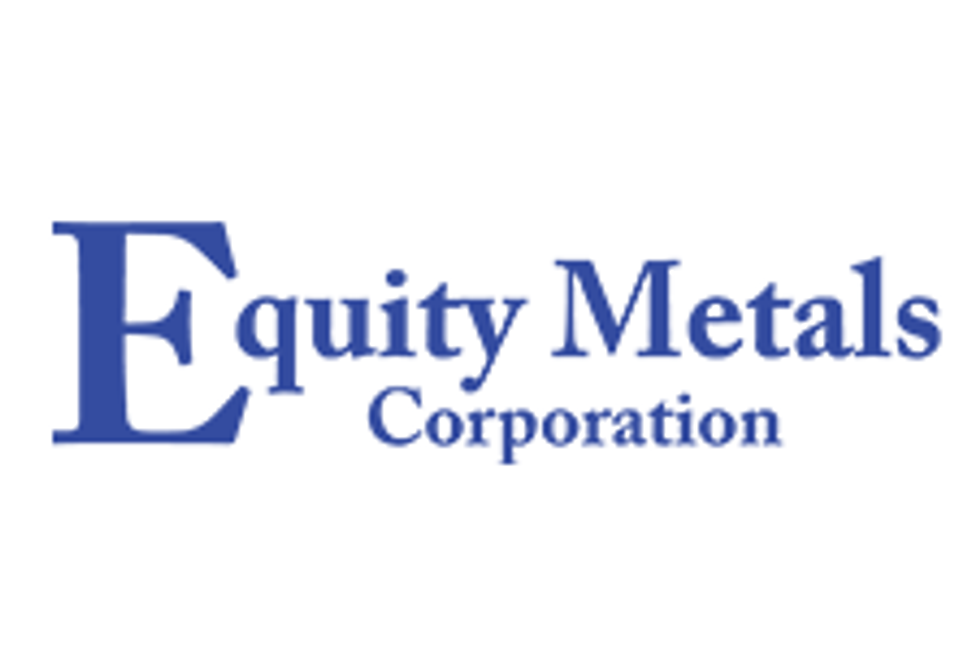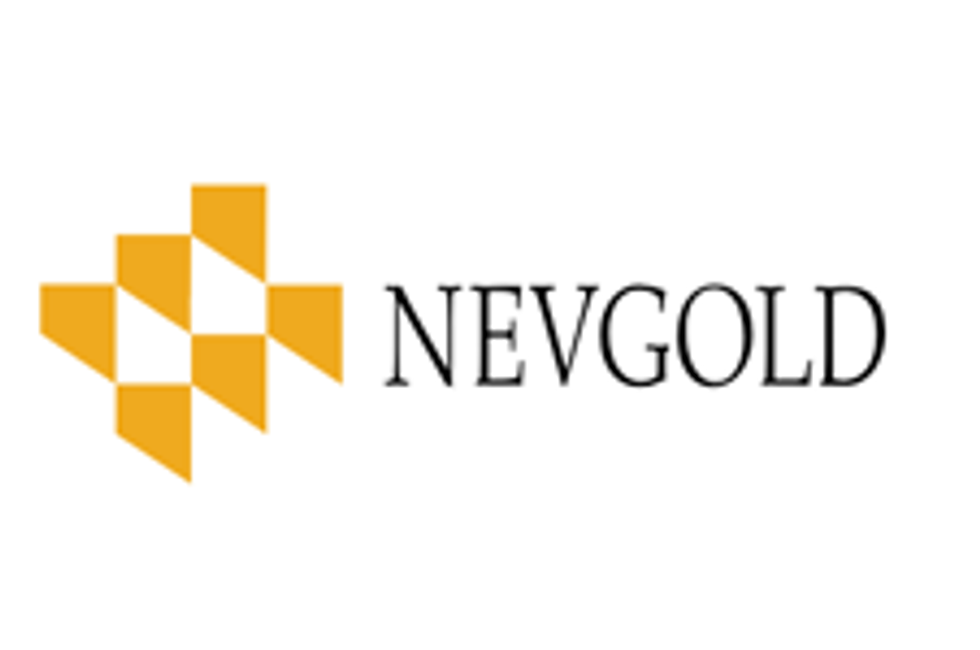Debate over the potential of extensive gold reserves held by central banks to resolve the euro zone’s economic problems have been pervasive in recent months just as fear of exposure to the sovereign debt crisis has grown. In fact, reports of the German central bank liquidating some of its gold reserves for the first time in almost a year have surfaced, selling 150,000 troy ounces in October.
By Dave Brown – Exclusive to Gold Investing News
In recent months, debate over the potential of gold, and more specifically, extensive gold reserves held by central banks in helping to resolve the Eurozone’s economic problems have been pervasive as fear of exposure to the sovereign debt crisis has grown.
Reports of the German central bank liquidating some of its gold reserves for the first time in almost a year have surfaced, selling 150,000 troy ounces in October. While there has been some speculation that these gold reserves were sold to augment the European Financial Stability Facility, a Bundesbank spokesman indicated to Dow Jones Newswires that all gold deployed by the Bundesbank in the last seven years has been used for the minting of commemorative gold coins.
No quick fix solution
While selling gold positions might reduce limited debt and recapitalize some insolvent financial institutions, using gold in any capacity will not easily correct major issues in Europe. The biggest and most immediate problems seem to be multiple countries facing large debts and current account deficits, which have been accumulated over an elongated period of time. Reconciling these imbalances would imply necessary reductions in capital expenditures at all levels of government, and or an increase in tax revenues potentially offset with enhanced productivity. Related to this are different levels of structural unemployment and aging demographics, which could point to marginally reduced economic productivity on a longer term basis. Meanwhile short term credit restrictions in Eastern Europe and slower growth in India and China, are presenting enhanced investor concern and speculation which intensifies economic and financial damage.
The global market for physical gold is relatively small compared with the international debt market or even global equity markets and attempting to liquidate a combined 10,797 tonne position of gold in such a small market could effectively diminish the price of gold, potentially well below the European Central Bank’s (ECB) adjusted cost base. Additionally, a large disposition of gold into a small market might drive speculation on other currencies, inflating the price of the euro. The end result could make products from the Eurozone less competitive for global consumers and potentially create more unemployment and instability in Europe.
Fitch Ratings agency has downgraded Portugal to “junk bond status” which has increased borrowing costs and now made it even more difficult to return to the debt markets. “Large fiscal imbalances, high levels of indebtedness across all sectors and an adverse macroeconomic outlook” were all factors that contributed to the reduction of Portugal’s credit rating to BB-plus.
As the world turns, gold price outlooks
Suki Cooper, Precious Metals Analyst at Barclays Capital recently discussed her outlook for gold prices on BNN, “we think the central bank sector is likely to continue to be very supportive. The macro situation is likely to raise more uncertainty and in turn support investment demand. So we expect gold prices to average $2000 per ounce in 2012.”
For the United States
The domestic economy within the country grew more slowly than previously estimated in the third quarter, but declining inventories and increased consumer behavior indicates the potential for improvement for the end of the year. Gross domestic product increased 2.0 percent during the third quarter, a decline from the previously reported 2.5 percent. Although this growth was modest relative to economists’ expectations, a stronger performance in the final months of the year would be a positive sign for beleaguered capital markets.
Securities Disclosure: I, Dave Brown, hold no direct investment interest in any company mentioned in this article.





